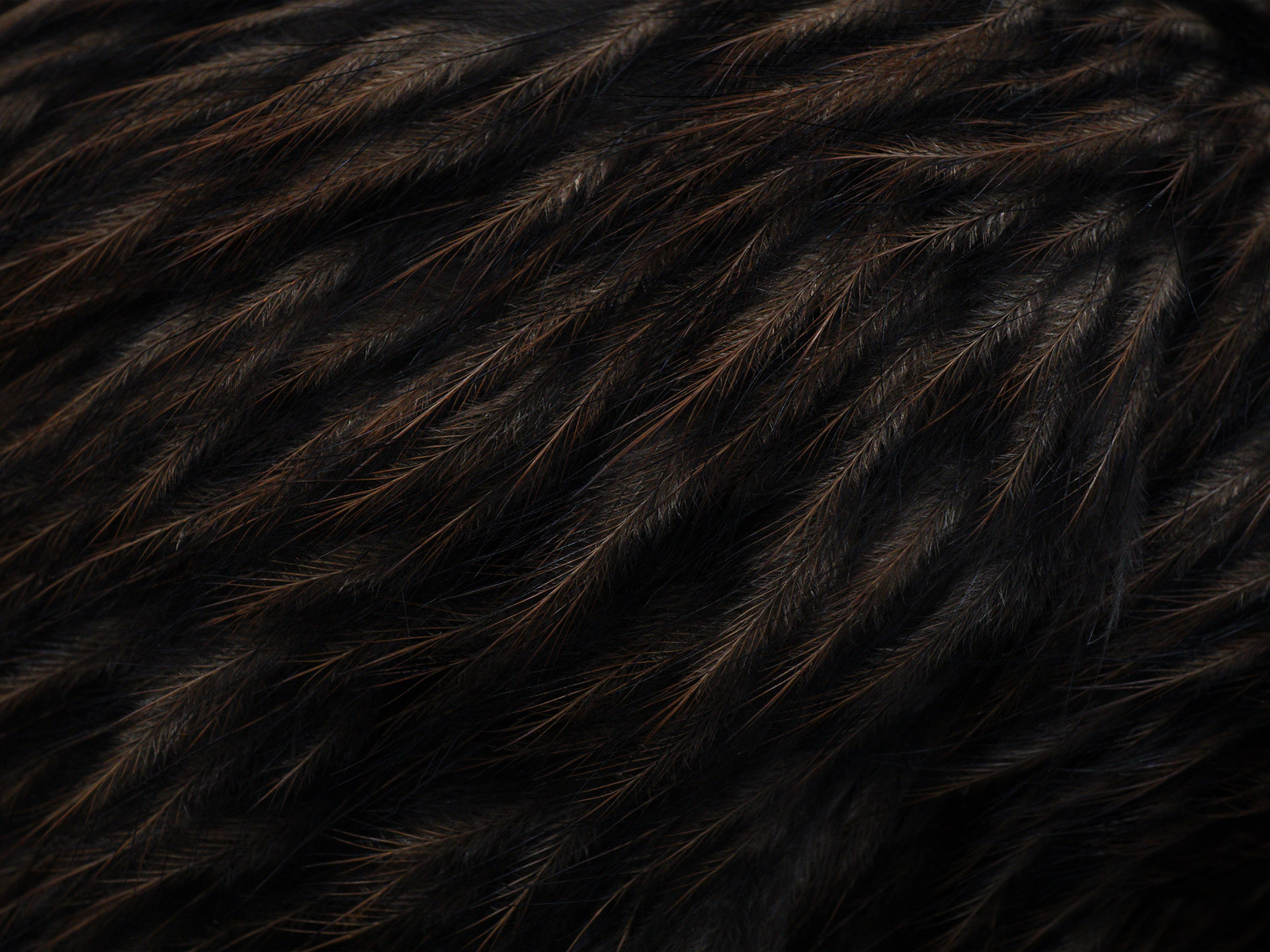Palmerston North Victoria Esplanade’s aviary technician, Peter Russell, has recently sighted a kākā on more than one occasion. He is pretty certain it is the same bird he first saw in Memorial Park back in June. The latest sighting was in a totara tree above the Esplanade’s captive kākā aviary. The bird spent a bit of time conversing with the tenants before being chased off by a tui.
A number of phone calls has determined the bird may be one of last year’s youngsters from Zealandia, or one of the kākā recently released from the Hawke’s Bay Boundary Stream Reserve. Zealandia kākā have been known to frequent the Wairarapa and Kapiti regions.
The kākā has a red band on one of its leg. Peter is still trying to get a decent glimpse of the second band, which will establish the bird’s origin.
Peter says it’s exciting to have a wild kākā endorse the Wildbase Recovery site. The significant conservation project includes purpose-built aviaries for wildlife to recover from illness and injury after treatment at Massey University’s Wildbase Hospital.
As part of the Wildbase Recovery plans, kākā will have a special place. The current breeding pair will be housed in the walkthrough aviary; allowing public an up close and personal experience with the nationally vulnerable parrot. Recovering kākā will be placed in the circular aviary. As they rehabilitate, they will be able to stretch their wings without overdoing. Upon full recovery, they will be released back into the wild.
Wildbase Recovery Community Trust is tasked with raising the $5.69m needed to build the world-class wildlife recovery facility. To date 2.57m has been raised.
Peter says he has not heard of kākā being sighted in the city before. Public sightings can be reported to the Palmerston North DOC office, ideally with location and if possible the bird’s leg band colour combinations.
The sightings are timely for the school holidays. In addition to running Wildbase Recovery Tales at the Palmerston North City Library, 5 October 10.30am, the Wildbase Recovery project team encourage families to visit the Esplanade aviaries. You may also spot a wild kākā! If you manage to take a photo, be sure to share on their Facebook page too.
Manawatu Standard story
More about the kāka can be found on DOC’s website.
